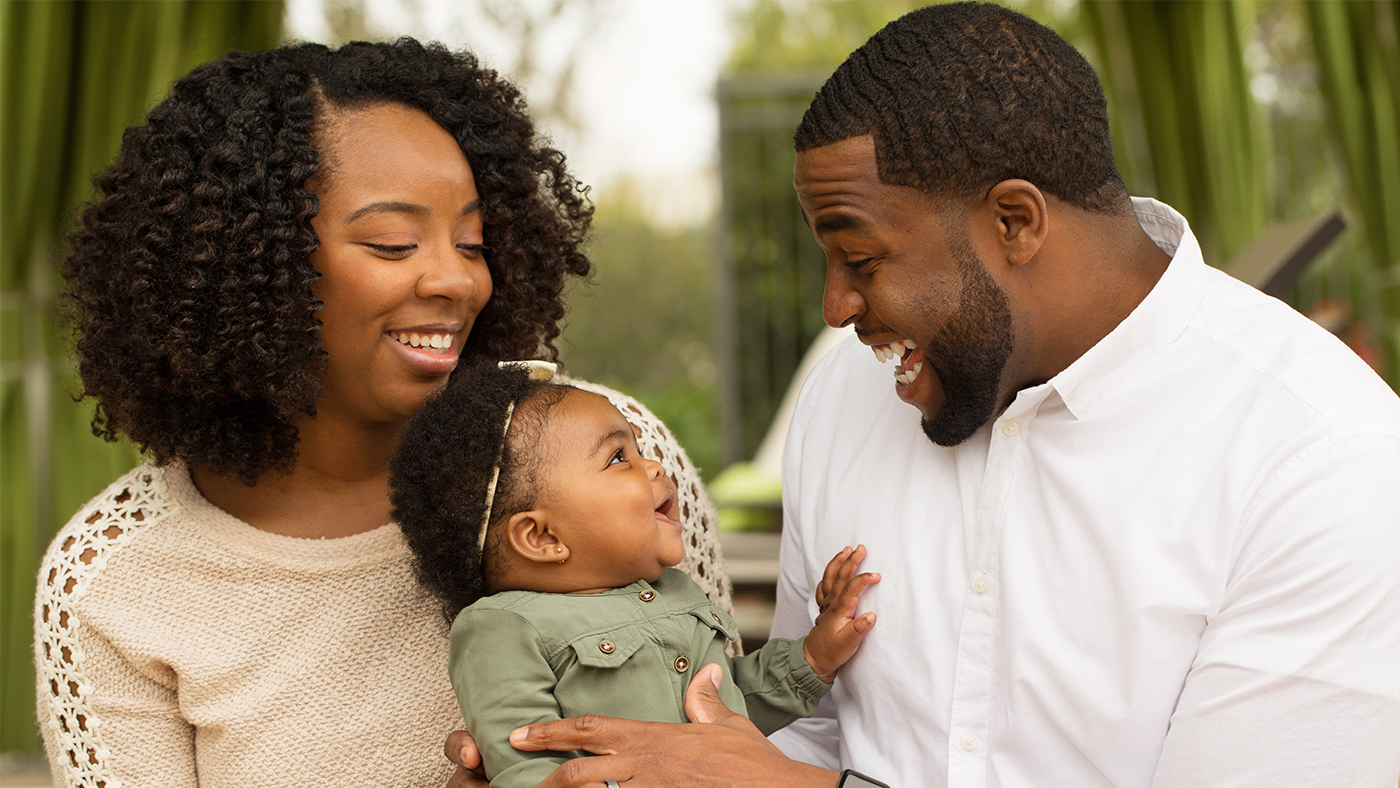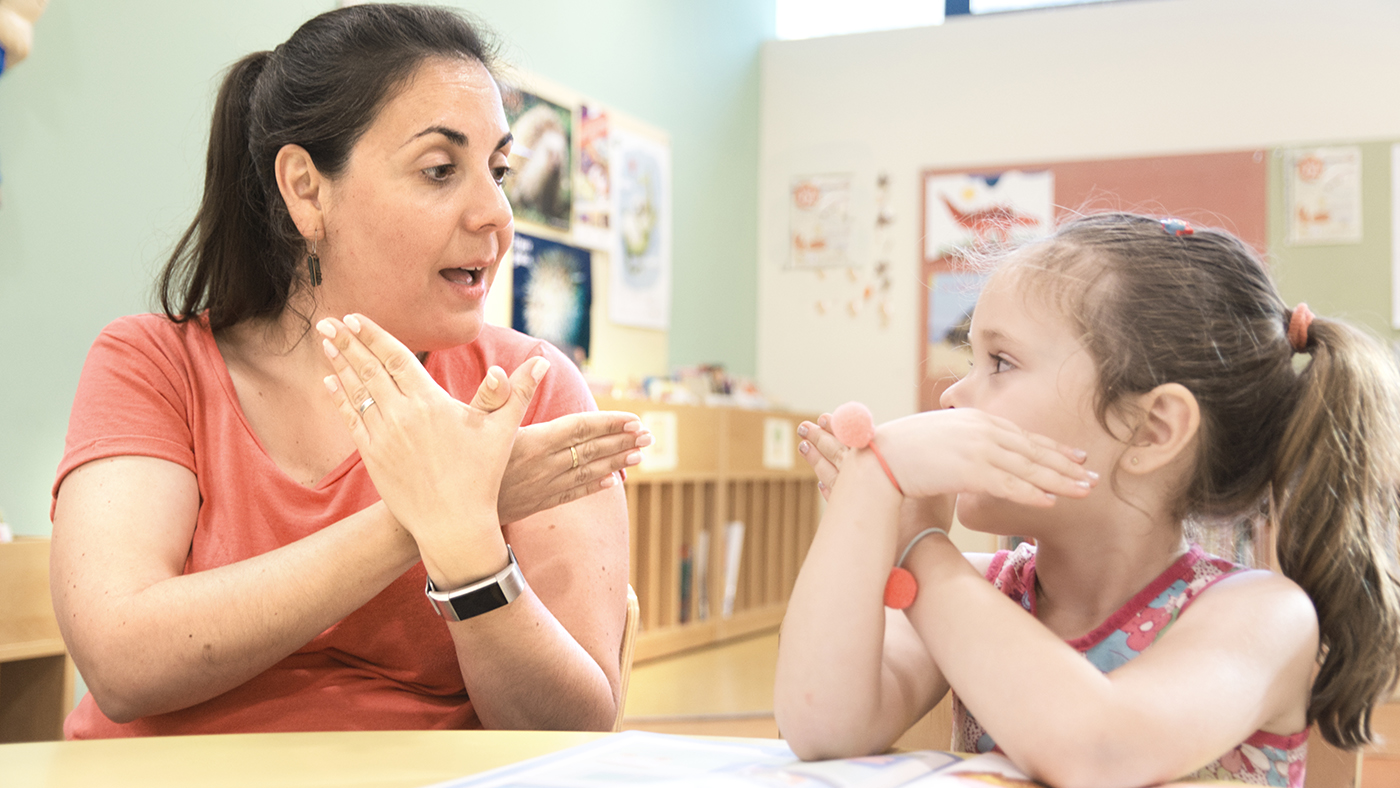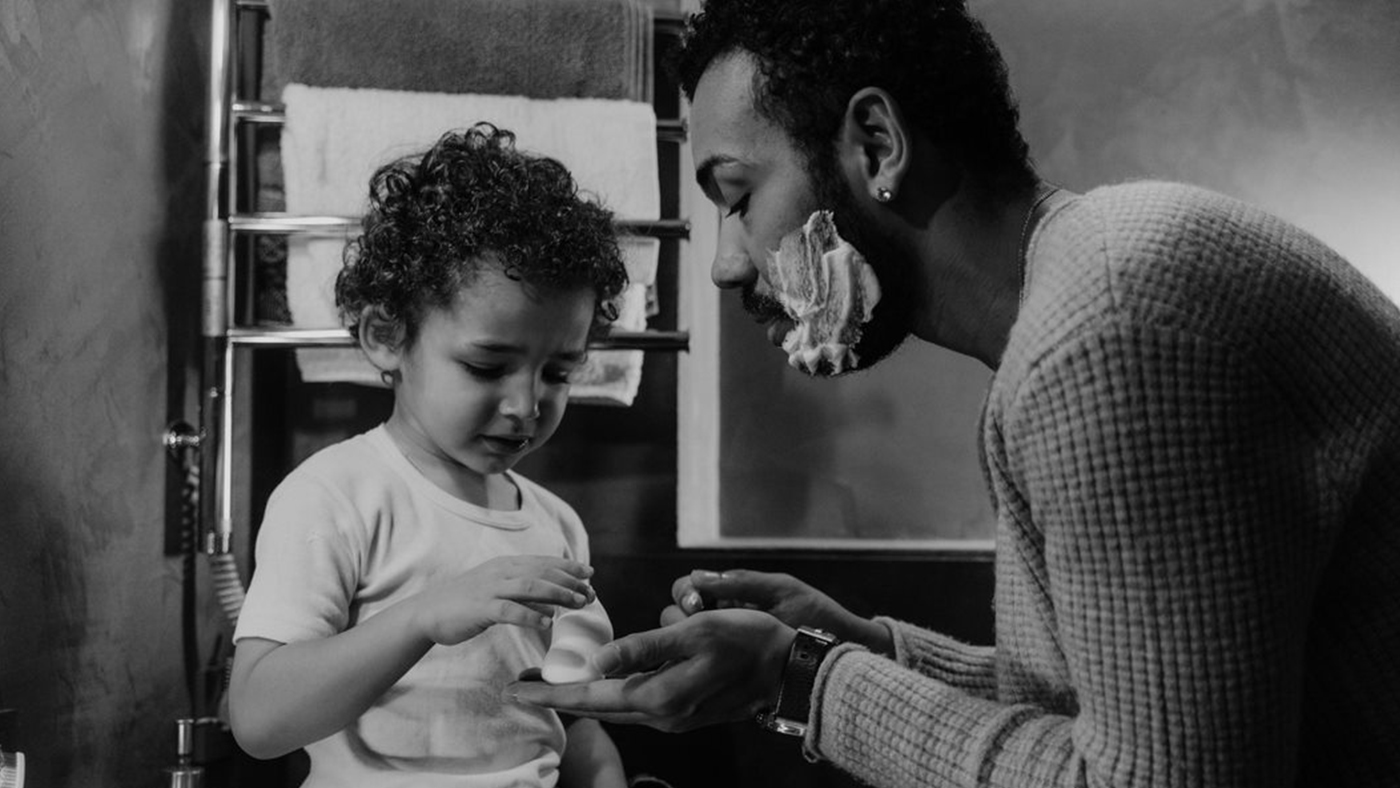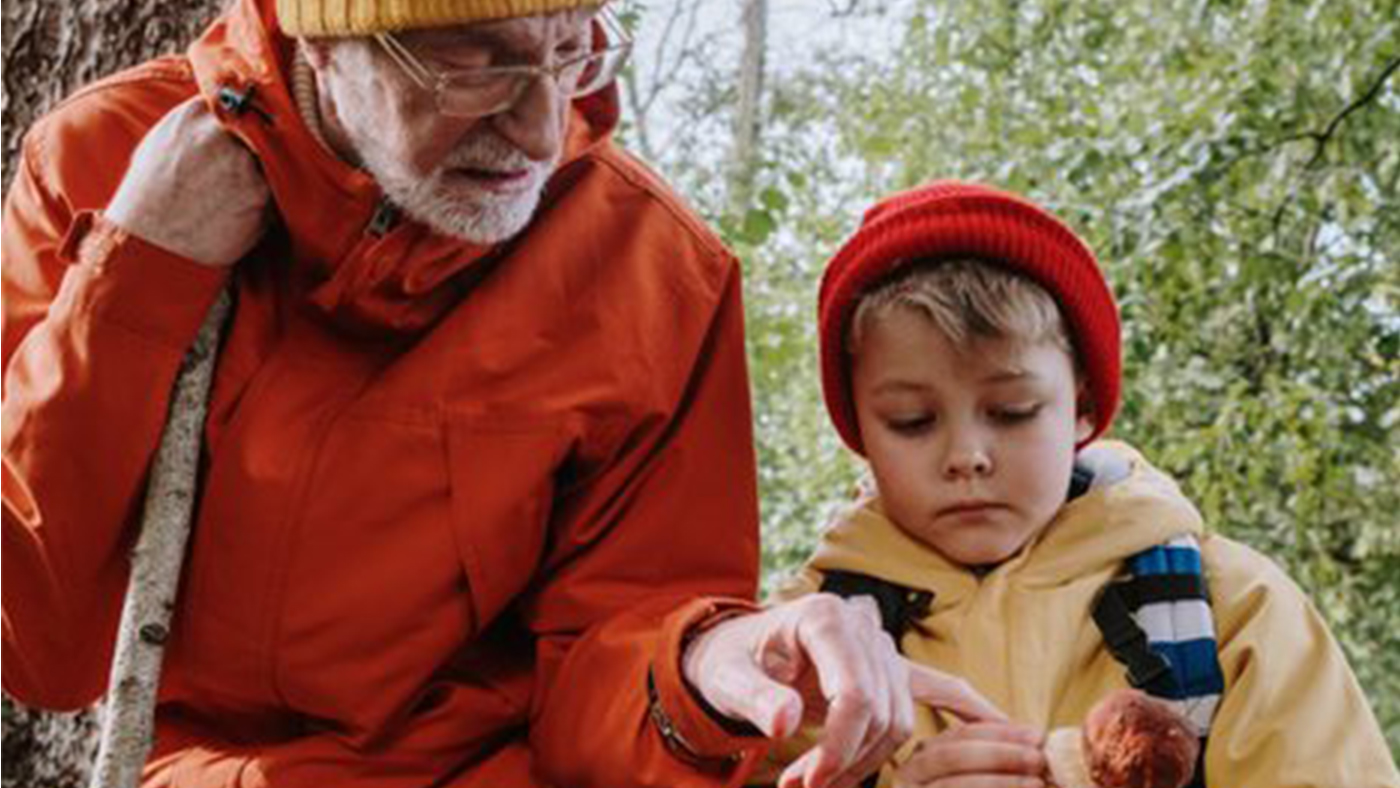The theories of child language acquisition
- Language

When we think about child language acquisition, we are thinking about how language is gained and how it is developed. As soon as babies are born, they interact with the people around them, and their journey towards learning and using language begins.
One thing we can be certain of is that language and communication benefit us in our everyday lives. Language can be spoken, written, pictorial, or signed, and it can be used to make relationships, plan, and solve problems. It's a truly remarkable ability that distinguishes us from other mammals. Language acquisition usually refers to a child's acquisition of their native language, however additional languages can be learned from birth and at any age. The study of how language is acquired has been greatly debated, with many notable professionals offering opposing viewpoints based on a range of research approaches.

There are many schools of thought as to how language is acquired. Here, we explore a brief summary of four main theories that have been influential in supporting our understanding of the acquisition of language.
Behaviourist – B.F. Skinner
Behaviourism explores the idea that behaviour may be altered and shaped by other people's actions and reactions. This was one of the most prominent theories in the twentieth century, and it remains a popular school of thought today.[1] Psychologist Burrhus Frederic Skinner thought that we are all born the same and that we are shaped by our surroundings.[1] He theorised that behaviour that is rewarded will be repeated, while behaviour that is not rewarded will not be repeated. For instance, Skinner believed that if a child used a correct word for, say, a drink, the child would be rewarded with praise or by receiving a drink.
Innateness – N. Chomsky
Innateness focuses on the thought that the ability to learn is within you. Linguist and cognitive scientist Noam Chomsky believed that as people are born into different social environments, babies must be born with the natural ability to learn and acquire language.[3] He concluded we all have a Language Acquisition Device in our brains that grows and develops, however there is a critical period to this device and it starts to decline around 12 years of age.[4]
Cognitive – J. Piaget
Psychologist Jean Piaget was from the school of cognitive constructivism. Piaget believed that language acquisition is part of learning as a whole and that children need different support at different ages. He clearly defines ages and stages of cognitive development and language skills.[4]. Piaget conducted his experiments with children, observing them in active play.
Interaction - J.S. Bruner
Psychologist Jerome Seymour Bruner was instrumental in the thought that each child’s knowledge of the world is based on their experience, therefore language is learned from the experiences given by their home and family. Bruner believed that language is learned through interactions such as conversations, questions, experiences, and games for babies and young children.
What do more recent studies tell us about the acquisition of child language?
This is still an ongoing debate, and new ideas on how children acquire language are emerging. More recent research has involved the study of the human brain and its function in language acquisition. We are continuously discovering more about our brains and how they play such an important part in human development. Our brains are always developing, and this development is especially significant in our early years. When a baby is born, their brain begins to learn about attachment, communication, emotions, and reasoning, as well as a variety of other skills related to growth and development.[5] Connections are constantly being made in their brains and these connections are formed by a baby’s experiences of interactions with the people closest to them.

Our homes, families and experiences
Research still strongly suggests that the family environment children are born into is crucial, and early interactions have a great impact on a child’s learning and development.[5] If a baby or young child has had the pleasure of listening to conversations and, when they are able to, joining in with them, has singing times and are introduced to a variety of different places, the chances of them gaining a richer vocabulary are significantly greater.[5] As soon as a baby is born, they start to work out how to communicate. At first, their form of communication will be their cry, but as they learn to regulate their voices and begin to use gestures, this method will swiftly evolve. It is not long before babies can gain the attention of adults, and for a variety of reasons. When babies and young children have a strong bond and are secure in their environment, their future foundations for learning will be most secure and they will be more likely to acquire the skills to express wishes, desires or to explain facts or emotions.[5]

Is it all about cracking the code?
Research studies this century have begun to look at how language is understood and processed, focusing on how babies and young children have the ability to understand human language and use it to communicate.[6] These studies examine the linguistic elements of language development of words, sentences and grammatical structure. These researchers found that children learn how to make meaning of sounds and gestures, and then integrate their learning into developing meaning and communication.[6]
Reading stories with babies and young children can provide a step along the way when working out the codes of language. Acquiring skills such as understanding print, grammar and the use of intonation are all part of storytelling, not to mention all the beautiful vocabulary that comes with reading words and talking about illustrations. Many research studies tell us that children's vocabulary acquisition is improved through conversations as stories are read, especially when children are allowed to expand on the possibilities of the stories and ask questions.[7]
Some ways of acquiring language are completely unique
A really fascinating study was carried out in Nicaragua in the mid-1980s, when the first public school for deaf education was opened, however, all language in the school was spoken. This meant that the children were unable to hear what was being taught and, at that point, the school relied on the children to lip read. The children responded to this by creating their own sign language using signs they had previously used in their homes.[8] Over a couple of decades, their sign language developed, and more structure was added. The interesting point here is how children can adapt and create a language using their own abilities.[6]

The power of conversation
We may safely assume that exposure to language, in whatever form it takes, is essential for language acquisition. Talking with your baby is ultimately the most important element of their acquisition of language. When babies and young children are spoken to, whole new pathways to learning are opened for them. When a baby first ‘talks’, they produce a mixture of babbling sounds. When these sounds are responded to it encourages them to continue to babble, and their sounds increase. This pattern of listening and responding leads to the lovely learning of language, with it very quickly progressing into words, understanding and then more complex understanding with questions, and expression and grammar appear.
The development of language starts in the womb where babies can hear voices, music and other environmental sounds. At this stage, they are sounds and nothing else. When they are born, they become listeners and observers,[2] before they start playful explorations with their own voices. When talking to your baby, take your time. Talk slowly, be at their level and look at them while you have a conversation. Babies and young children are learning how to have a conversation and therefore need adults to pause, giving them time to speak and to be listened to.
Simple approaches that are applied on a regular basis can greatly benefit babies and young children. Simply being present and conversing is a good start. Narrating what's going on, singing together or to yourself, labelling objects as you use or play with them, and chatting about friends and family and what they are up to are all fantastic ways to improve language comprehension.

What does it all mean?
It could be argued that all the theories on language acquisition have their own merit. It seems safe to say that acquiring language is a completely natural skill that humans are born with. All research agrees that acquiring language in the earliest years of life plays a significant role in learning and developing in later years.[2] Babies and young children who have had more exposure to language are more likely to acquire language, rather than having to learn it later in life.
Language is a complex skill that is universally acquired. Babies are born with the capacity to make sounds and these sounds weave through a journey of playful exploration and lots of input from adults around them. Early sounds, assisted by gesture and body movements, start to achieve meaning and the meaning becomes more advanced as these sounds become words.

Language acquisition is gained through lots of interactions such as talking, singing, playing games, going to new places, meeting other people, reading, imaginative play, and having fun! These interactions are crucial for supporting the brain to make connections to develop our unique art of acquiring and using language.
References:
[1] A.M Halfpenny, J. Pettersen (2014) Introducing Piaget. Routledge
[2] S.S. Al-Harbi (2020) Language development and acquisition in early childhood. Journal of Education and Learning (EduLearn) Vol. 14, No. 1, February 2020, pp. 69~73 ISSN: 2089-9823 DOI: 10.11591/edulearn.v14i1.14209. Available online at: EduLearn Guideline
[3] Study from Montsaye Academy, Northamptonshire. Available online at: THEORIES OF LANGUAGE ACQUISITION (montsaye.northants.sch.uk)
[4] E.K Aljoundi (2014) Language Acquisition Theories. Researchgate Publication, DOI:10.13140/RG.2.1.1381.1607. Available online at: https://www.researchgate.net/publication/299657306_language_acquisition_theories
[5] S. MacBlain (2014) How Children Learn. Sage Publications Ltd.
[6] J.R. Saffran, A. Senghas, J.C. Trueswell (2001). The acquisition of language by children. PNAS November 6, 2001 98 (23) 12874-12875. Available online at: https://doi.org/10.1073/pnas.231498898
[7] LR. Allen, B.B. Kelly (2015) Transforming the Workforce for Children Birth Through Age 8: A Unifying Foundation. National Academies Press
[8] S. Parksjuly (2018) Article: How Deaf Children in Nicaragua Created a New Language - It happened on the playground. Atlas Obscura. Available online at: How Deaf Children in Nicaragua Created a New Language - Atlas Obscura